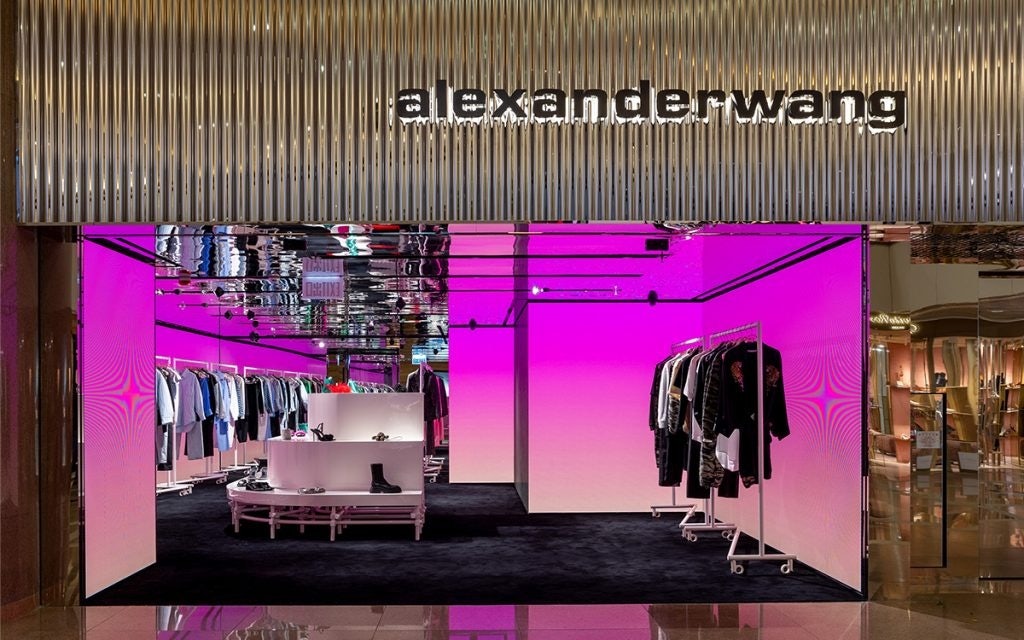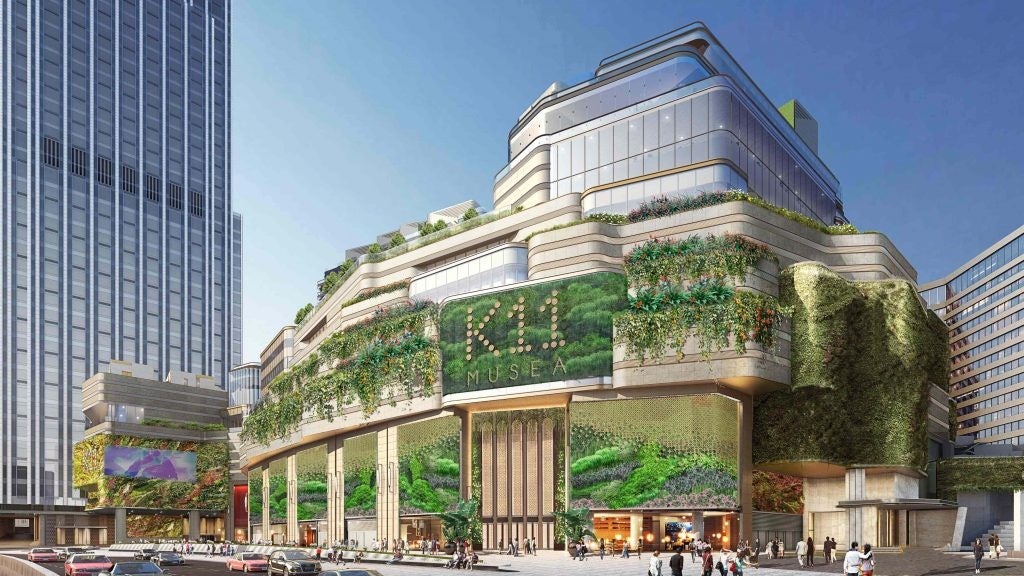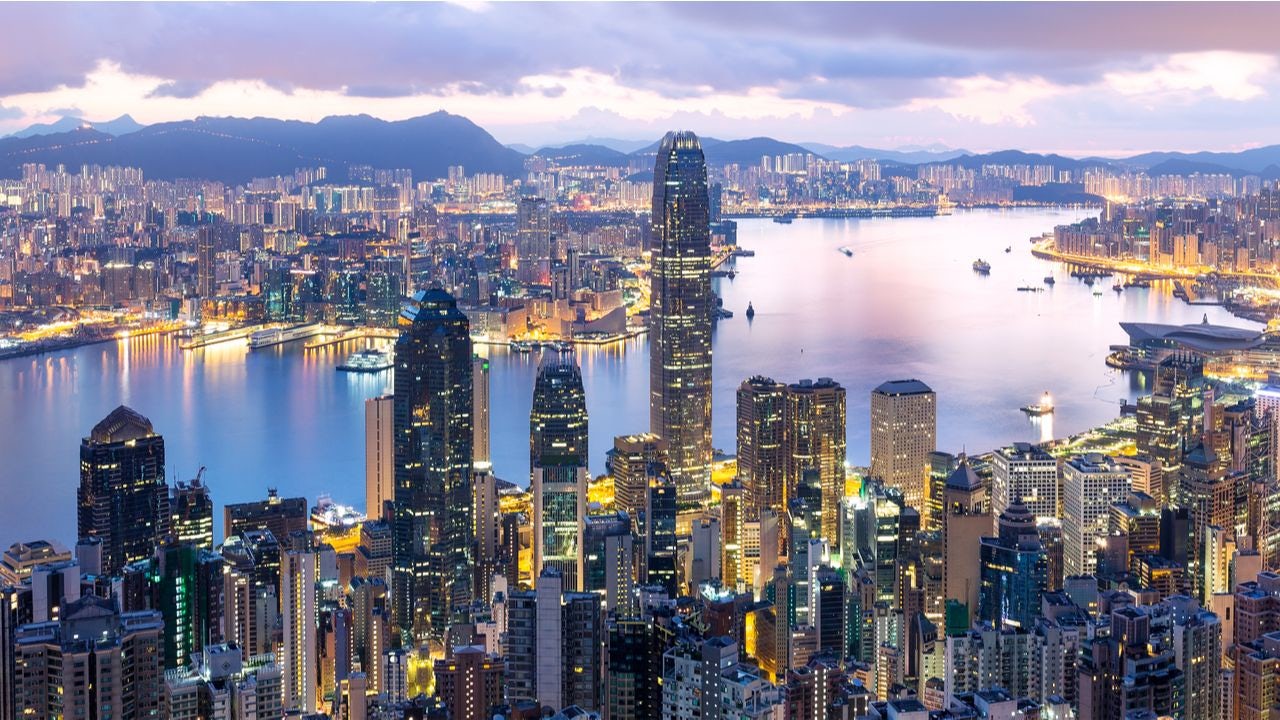After over two years of being one of the world’s most isolated places, Hong Kong is finally seeing the light at the end of the tunnel. In May, the city started lifting its ban on foreigners, shortening mandatory hotel quarantine, and rolling back social distancing measures. Additionally, it eased rules for halting flight routes that carried infected passengers, acknowledging that the old approach had been “too harsh.”
The changes, which diverge from mainland China’s zero-COVID approach, comes as local businesses hold out for a lifeline. Once a bustling global shopping center, the former British colony saw retail sales plummet 13.8 percent in March following a 14.6 percent drop in February due to Omicron — the first time since the end of 2020 that retail sales declined for two months straight. Specifically, sales of jewelry and watches, which relied heavily on mainland tourists before the pandemic, dropped 33.6 percent in February, while clothing and footwear plunged 39 percent.
With consumer sentiment shot, one retailer that has suffered is Wharf Real Estate Investing Company. According to its 2021 annual report, retail revenue of the group’s flagship property, Harbour City, fell by 7 percent to HK4.993 billion, marking the third consecutive year of decline, while operating profit decreased by 11 percent to HK3.896 billion. Another one of its high-end malls, Times Square, similarly recorded a drop in retail revenue and operating profit, down 11 percent and 32 percent, respectively.
Just how did Hong Kong’s retailers survive the pandemic? And can a return of tourists help the city of seven million restore its reputation as the ultimate luxury shopping destination?
Harbour City: Stimulating shopping desire#
The pandemic period wasn’t all bad for Wharf. The real estate giant noted that when restrictions were temporarily relaxed in 2021, its two star malls actually achieved above-market growth thanks to intense promotional efforts, with marketing dollars doubling from HK565 million to HK1,089 million. This included multiple coupon redemption programs: for example, from May to July 2021, shoppers who registered as members at Harbour City could redeem coupons for every HK1,500 spent there that same day.
Taking advantage of market conditions, Harbour City also adjusted its brand portfolio to better prepare for a post-pandemic future. Hong Kong’s largest shopping center — described as offering high fashion retail frontage equivalent to the most prime sections of New York’s Fifth Avenue — welcomed 100 new shops in fiscal 2021, including flagship stores from Dior, Piaget, Salvatore Ferragamo, and Miu Miu. Times Square similarly increased its occupancy rate to 95 percent, attracting Cartier, Alexander McQueen, MCM, and Qeelin among others during the period.

K11: Creating a lifestyle#
However, coupons and new luxury stores cannot save Wharf from the challenges of a changing shopping landscape. While its flagship properties reported lagging retail performance, New World Development, owner of K11, far exceeded the overall performance of Hong Kong’s retail sales. In fiscal 2021, K11 Musea experienced a 33 percent increase in footfall and jumped 86 percent in sales; meanwhile, K11 Art Mall saw sales for its gold and general memberships advance more than 30 percent and 60 percent, respectively, and kept its occupancy rate at nearly 100 percent.
How did K11 buck the trend? “The artistic and aesthetic atmosphere, artificial intelligence technology, and members’ benefits of the mall are some of the most attractive characteristics of K11,” explained Denise Cheng, a China market analyst at Daxue Consulting. “Malls also need to be aware of the evolving demographic of consumers in Hong Kong — Gen Z and Millennials who should be targeted differently compared to the traditional luxury consumers of Hong Kong.”

To win younger consumers, the K11 properties playfully integrate culture, nature, and commerce. In addition to offering 10 stories of international brands and Instagrammable architecture, K11 Musea also stands out with its immersive events (the latest being an NFT exhibition), weekly art performances, urban farm, and even a giant indoor slide that spans three floors. On the popularity of this type of elaborate retail environment, CEO of New World Development Adrien Cheng told Vogue: “It’s a lifestyle that you are creating. You want them to live, and people forget that. [US retailers] are focused on how many transactions per customer and how many items per ticket.”
Hong Kong steps up#
As individual retailers work to boost sales, the city has also tried to support overall consumption. In April 2021, the government distributed vouchers worth HK5,000 to more than 6.3 million eligible citizens to be used at shopping malls and e-commerce platforms, and issued another installment of HK 5,000 vouchers in April 2022. Thanks to this scheme, Hong Kong’s retail sector reported a double-digit surge in business during the Easter holidays.
But is it too late? Has Hong Kong already lost its luxury shopping status to places like Hainan? Since the pandemic, Hainan has become a go-to choice for travelers due to its favorable duty-free policies and diverse tourist attractions, backed by Beijing’s “dual circulation” strategy to redirect Chinese dollars toward the domestic sphere. That said, Cheng is optimistic: “Although the number of Chinese visitors to Hong Kong had declined 93.8 percent year-over-year in 2020, Hainan will not replace Hong Kong as China’s renowned shopping destination. Both cities have their own unique qualities.”
Ultimately, the most significant factor that will turn Hong Kong’s retail around, she added, is increasing consumer confidence. And for that to happen, the city will need to double down on reopening: scrapping its quarantine requirement, opening its borders with mainland China and the rest of the world, and welcoming visitors back.


